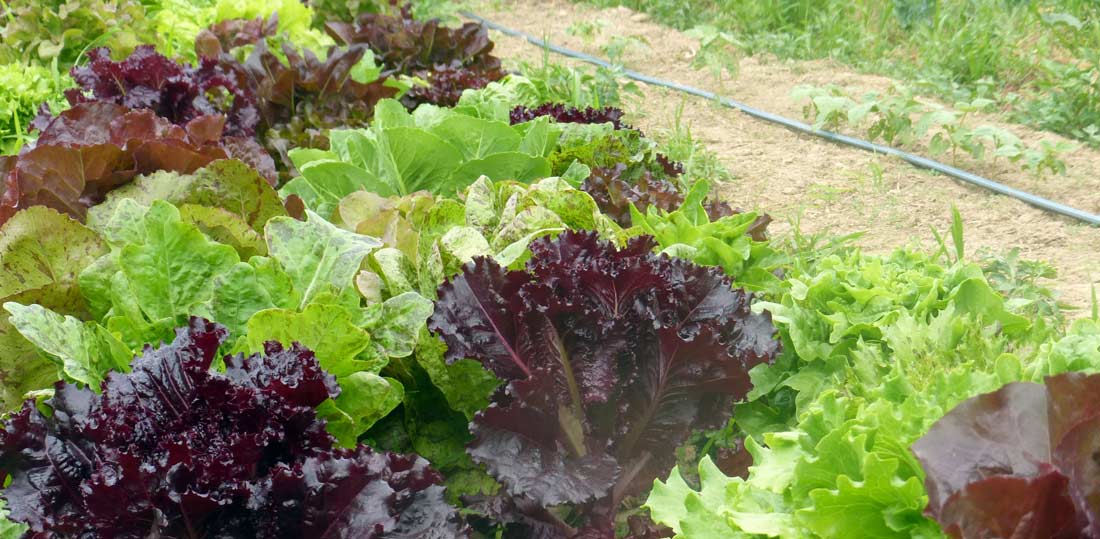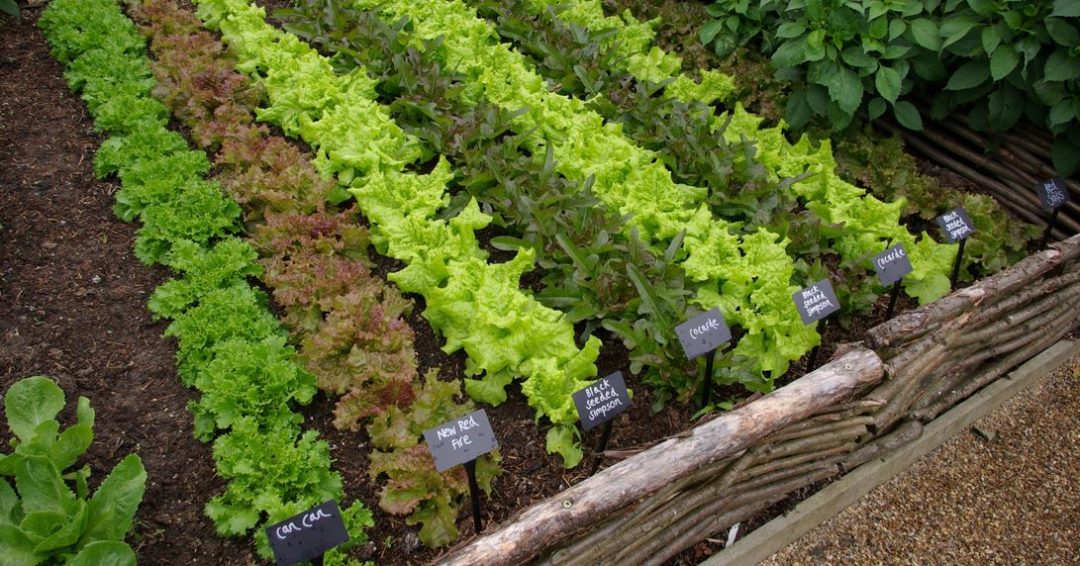Your salads are incomplete without it and so are your burgers and sandwiches. Yes, lettuce, one of mankind’s oldest known foods, has become an inseparable ingredient of our everyday foods and that is just a great thing. After all, it is a power food which contains a perfect balance of fibre, carbohydrates, fats, proteins, minerals, and vitamins.
Lettuce is full of antioxidants and its consumption of lettuce has shown to have tremendous health benefits such as it prevents cancer, helps in regulating
the cholesterol level in the body, controls insomnia and loss of appetite.
Lettuce can easily be grown in your backyard and you can certainly add it to the flock of homegrown fresh vegetables and reap the health benefits from it. It is one of the easiest to grow vegetables that give a high yield in a small space and it also does not require much care.
The first step is to select the type of lettuce that you want to plant, commonly used varieties of lettuce are Asparagus, Butterhead, Crisphead, Loose-leaf, and Romaine. Any of these varieties can be chosen for homegrown purposes. Moreover, you can mix all the seeds of various varieties and plant them.
Next step is to choose the perfect location to grow lettuce. A location which gets sunlight in abundance is ideal for growing lettuce in colder months while partial sunlight is conducive to lettuce growth in hotter months.

Gardening your own lettuce is easy if you follow the instructions in this article
Now comes the most important part of preparing the soil bed for planting lettuce seeds. The pH of the soil needs to be in the range of 6 – 6.8 and soil need to be moist and light, which means that soil should be rich in humus, sandy and loose so that it remains moist while draining rest of the water. This can be achieved by preparing compost consisting of dry leaves, peels of fruits and vegetables, and soil. It will also make the soil rich in potassium and nitrogen. The bed should be prepared in such a way that lettuce rows are at least 12 – 18 inches apart and the seeds should be planted approximately half a finger deep into the soil.
Lettuce grows well in cold weather but it can also be grown in summers. It should be ensured that you are constantly watering lettuce if you are planning to grow lettuce in summers, otherwise, due to excessive sunlight, the leaves may become bitter or even wilt in some cases. It must be noted that the soil must not be left dry otherwise it will lose all the nutrients in it. You should opt for a drip irrigation system that will ensure constant but moderate supply of water to the lettuce plants.
Lettuce is generally resistant to pests and disease but this should not deter the grower to exercise precautions. Using a paper collar or wood ashes sprinkles would prevent any potential attack by worms or insects on the lettuce.
Generally, varieties like Butterhead and looseleaf can be harvested as soon as their leaves start forming whereas other varieties can mature in 40-50 days. The only exceptions are Romaine and
crisphead which take 75-100 days to mature. Lettuce leaves should be harvested in the morning because it is during that time, they are full of moisture content, sweet and crisp.
So, what are you waiting for? Go ahead and plants the lettuce in your home garden and enjoy the fresh, sweet and crispy lettuce daily.


No Comments